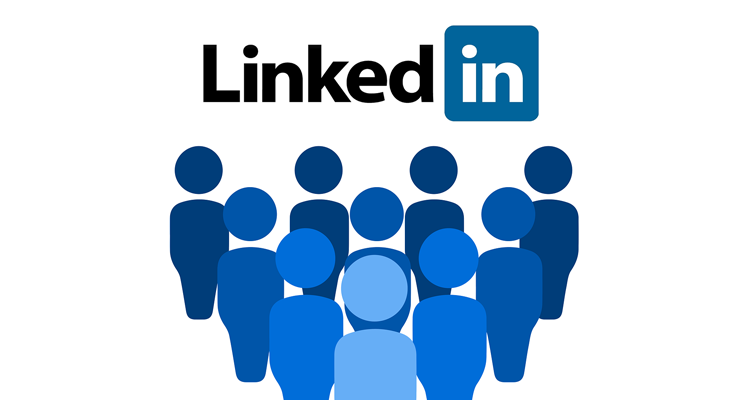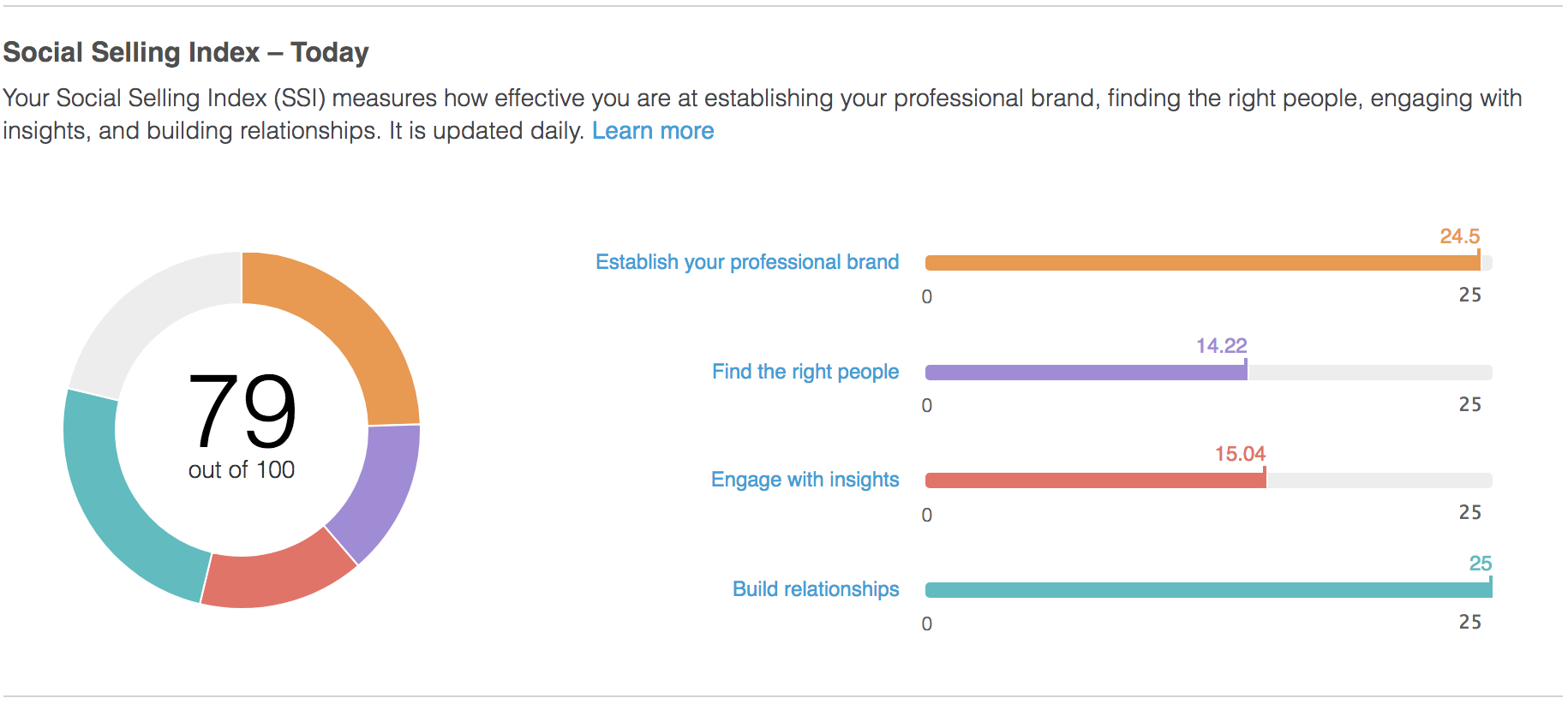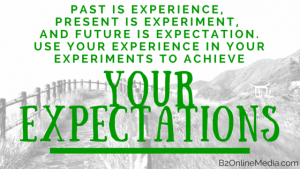— October 31, 2017

If you’re in business and using social to build your sales, you may have heard of LinkedIn‘s Social Selling Index.
In case you haven’t heard of it, or wonder what it really is, here’s LinkedIn’s take on it:
The Social Selling Index was developed by identifying a group of top performing sales professionals, analyzing their usage habits on LinkedIn, and determining how they use LinkedIn to drive successful outcomes. The formula behind the SSI is based on the social selling activities these professionals rely on, effectively connecting the dots between those efforts and their individual sales success.
In other words, by using a lot of data collection and algorithm magic, the SSI is about measuring how you’re doing on the platform in your sales efforts.
Personally, I’m not in sales anymore. But since I train our clients’ salespeople and other on LinkedIn, social selling, and other selling-related topics, I use it like I’m still selling. This helps me to keep my skills sharp while putting myself in my learners’ shoes on a daily basis.
As I was curious about my SSI (with more than a little bit of competitiveness mixed in), I recently checked my own SSI score. And drumroll please, here it was as of Friday, October 20th, 2017:
My first reaction was… a bit meh, to be honest. While 79 is good, I used to be in the high 80s and low 90s. I’ve had a bit of a drop in recent months. Then I remembered something I teach:
LinkedIn’s SSI is really a guide on how to perform better. While it is a scorecard, it’s really so much more.
First, a bit of background.
What’s a “Good” SSI Score?
When I’m in training sessions for the employees of our clients here at FRONTLINE Selling, I see a wide variety of SSI scores. Most of those people have scores in the 20s and 30s, mainly because they haven’t used LinkedIn all that much prior to the sessions. That’s nothing to be ashamed of, by the way.
As they start working on LinkedIn, though, they see their scores rise; usually, by a lot. Most can pretty easily make 70 and above while using it in conjunction with our platform. That’s great because a score of 70 or above is considered “good” by insiders at LinkedIn. (I know this because a LinkedIn “insider” told me that once.)
Anyone can make 70 or above, though. All you have to remember is that the SSI is as much of a guide to help you along your journey as it is a scorecard.
SSI: How to Use It
The SSI is broken down into four sections:
- Establish your professional brand.
- Find the right people.
- Engage with insights.
- Build relationships.
Each is worth a potential 25 points. LinkedIn crunches your activity in each of those areas, then adds up the numbers from each area. Once that’s done, you have your SSI score.
With mine, for example, you can see that I’m killing it at numbers one and four, but can use a decent amount of improvement on numbers two and three. As I’ve just switched roles at my company and haven’t been able to concentrate on daily activities on LinkedIn, I should have expected this. My SSI score—”guide,” in this case—tells me I need to work on finding the right people and engaging my audience with insights to use LinkedIn to its fullest. In other words, daily activities.
The question becomes: How can you improve your SSI score? The answer is easy. When you’re at your own SSI score page, you can click on each of those four items for help. LinkedIn’s advice—instructional slideshows pop up for each item—on how to bring up your scores in each of those areas is very good and solid, too.
Why Improve Your SSI?
For whatever reason, I’ve been seeing this subject come up a lot in my own LinkedIn newsfeed lately. And it’s a good one.
For those people who only use LinkedIn to network, it’s helpful to see how you can improve your skills in that area. The SSI gains more importance, though, if you’re using LinkedIn for B2B and large-ticket B2C sales (and especially social selling). LinkedIn is an important tool in your sales toolbelt for selling, so you want to either use it as best as you can or be willing to use it much more for finding prospects, taking them through to the close, and gaining referrals long after the sale is complete. If you’re one of those people, your SSI score should be important to you.
So please don’t be distressed or feel shame if you’re in sales and your score isn’t very high. Think of your SSI as more of a way to build guideposts along your sales journey. Then start using LinkedIn more than you have been in the past, and remember that the SSI is also there to help you use LinkedIn to its highest and best potential.
This article was originally published on LinkedIn.
Digital & Social Articles on Business 2 Community
(117)







